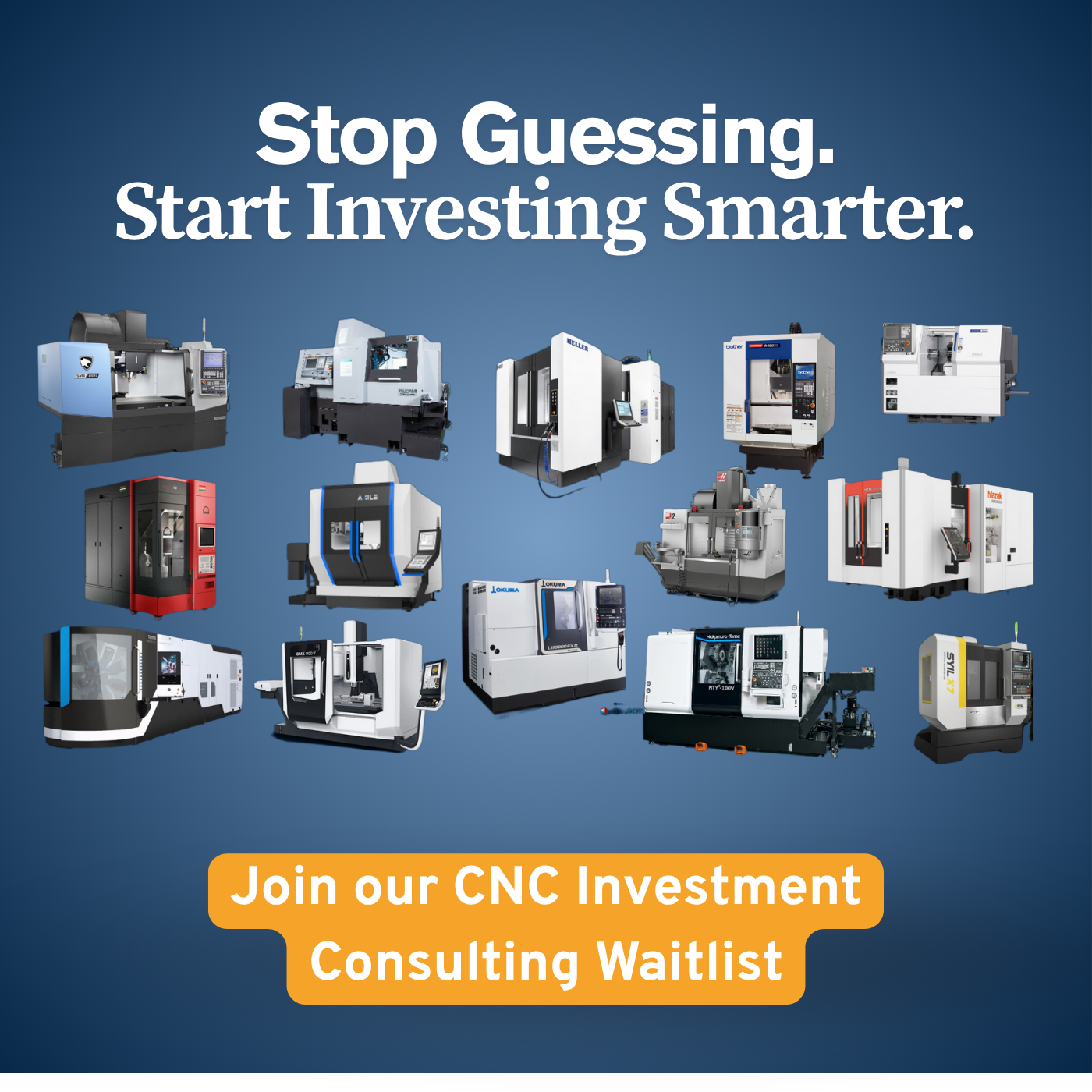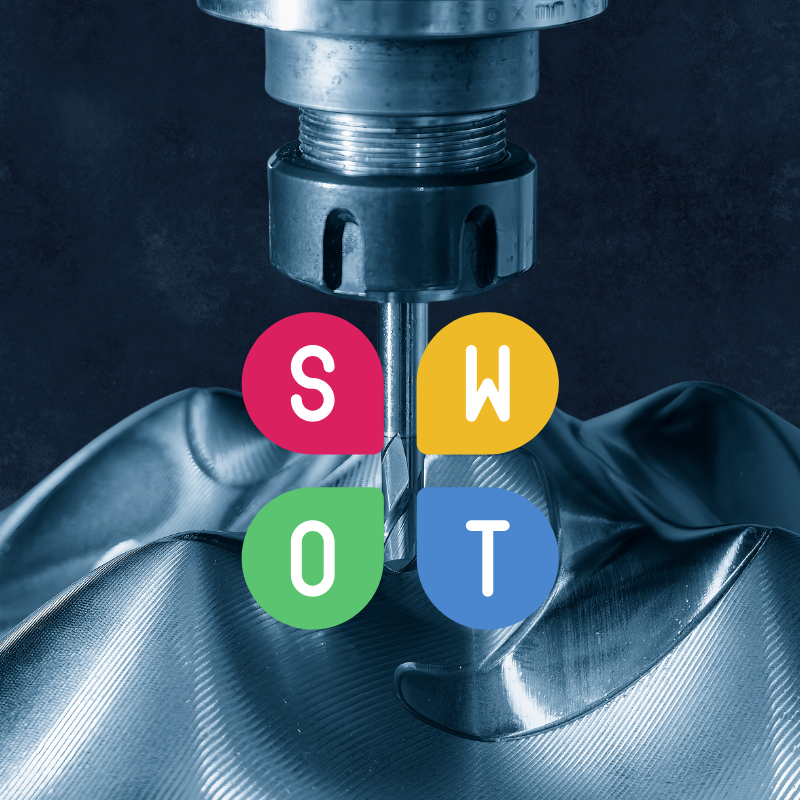In an ever-evolving manufacturing landscape, staying up-to-date on market trends is very important for making informed investment decisions, especially when considering the purchase of a new CNC machine. This article explores the relationship between current market trends and the decision to invest in new machining technology, providing insights into how these trends can guide your purchasing strategy to ensure competitiveness and growth.
Understanding market trends is essential when considering the purchase of a new CNC machine. Trends can indicate shifts in consumer demand, technological advancements, and competitive dynamics, which all play a critical role in determining whether investing in new equipment aligns with industry movements and business goals. Balancing these trends with the timing and rationale for buying a new CNC machine ensures that investments are timely, strategic, and conducive to long-term success.
Analyzing Current Market Trends
Staying competitive in the manufacturing sector requires an understanding of current market trends, including:
- Technological Innovations: Rapid advancements in CNC technology, such as automation and precision, may necessitate upgrades to stay competitive.
- Sustainability and Efficiency: Growing trends towards sustainability and energy efficiency are influencing the types of machinery businesses invest in.
- Consumer Demand Shifts: Changes in consumer preferences might require more flexible or advanced production capabilities to meet new product demands.
Regularly review industry publications and attend trade shows to keep up with technological trends. Conduct market research to understand consumer demand and how it affects your product line. Assess your current machinery's ability to meet these market and technological demands.
Timing the Purchase with Market Cycles
Timing your investment in a new CNC machine with market cycles can optimize the return on investment. Considerations include:
- Economic Conditions: Purchasing during an economic upswing can maximize ROI as demand increases.
- Competitive Landscape: Understanding when competitors are upgrading can help you time your investment to maintain or gain a competitive edge.
- Supply Chain Dynamics: Availability of machines and potential discounts during certain periods can influence the timing of your purchase.
Monitor economic indicators and industry forecasts to identify favorable purchasing times. Keep an eye on competitor movements and industry benchmarks. Build relationships with suppliers to gain insights into the best times to purchase based on supply chain factors.
Strategic Investment Planning
Aligning the purchase of a new CNC machine with strategic business objectives ensures that the investment supports long-term growth. This involves:
- Long-Term Business Goals: Ensure the new machine supports your business's growth trajectory and product development plans.
- Financial Planning: Integrating the purchase into your financial planning can mitigate impacts on cash flow and maximize financial health.
- Risk Management: Considering market volatility and ensuring that the investment doesn't overly expose your business to market downturns.
Develop a strategic investment plan that aligns with your business goals and market analysis. Conduct a thorough financial analysis, including financing options and tax implications. Implement a risk assessment to evaluate the potential impacts of market fluctuations on your investment.




